I’m a theatre-maker working behind bars. Last night I led the 3rd workshop of a multi-month process aimed at devising a new, 60-minute work of American theatre about the origin of American violence.
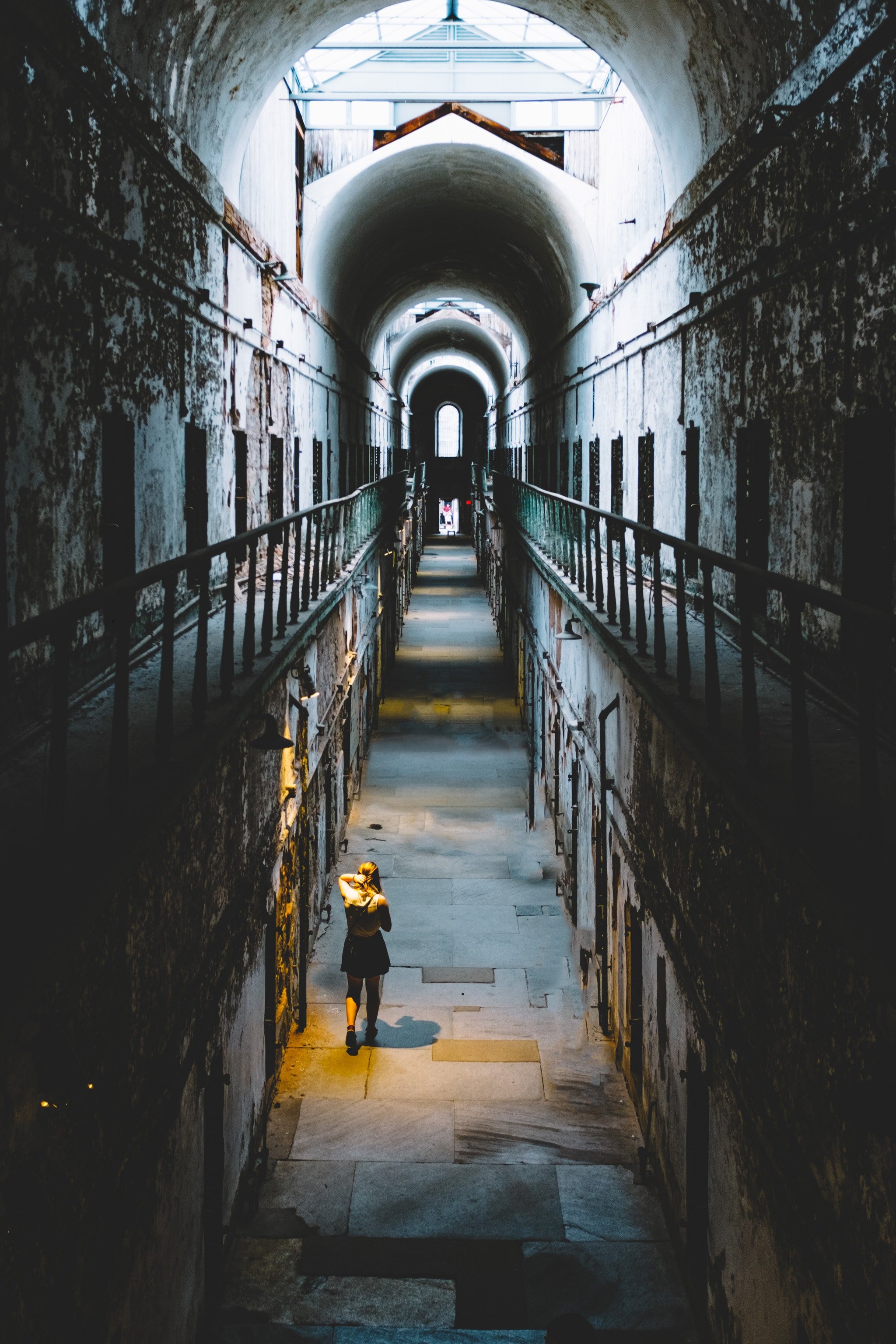
I work as a "college professor” (it sounds more official than it is!) with University Beyond Bars. For the last 3 years, I’ve been teaching theatre workshops and courses to inmates in a medium security men’s unit in Washington state.
I love this work. I have to step outside of my comfort zone to work in this space and I think my students know that. They respond by being some of the most open, willing, and authentic artists I have the opportunity to work with. This particular project -- devising a new 60-minute original play about the origin of American violence -- is a project I’ve been planning along with many returning students for almost a year. It’s exciting to finally see it off the ground!
Before I get into the meat of this week’s blog, I’d like to share a few basis statistics on America’s incarceration epidemic. I haven’t done so yet in this series, and always think that a little context is helpful. So here we go.
Since 2002, America has held the wold’s highest incarceration rate.
We currently have approximately 2.2 million people behind bars, thats a 500% increase over the last 40 years. My friends, we have a problem.
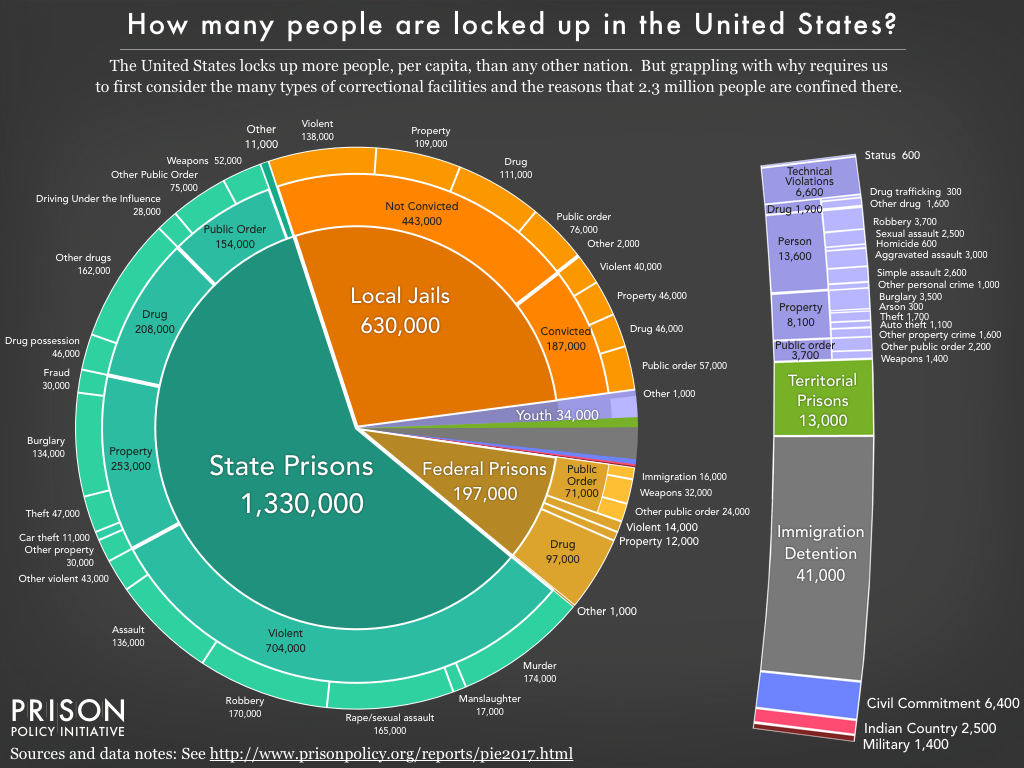
It’s also clear that our prison epidemic disproportionately effects people of color, with additional trends showing that young men with a lack of education are the most likely to be implicated in the system.
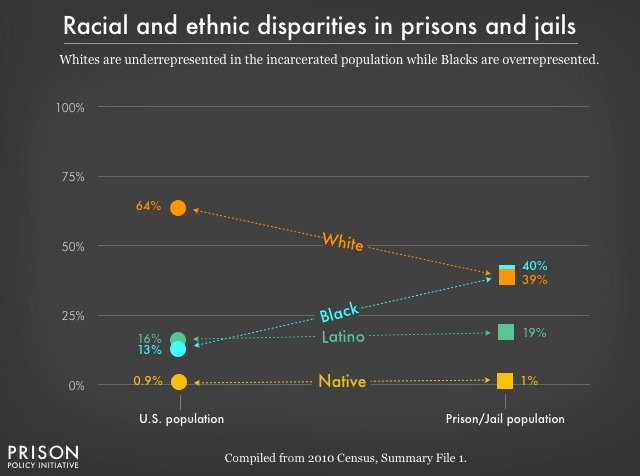
Any way you spin it, our data shows alarming trends: we are incarcerating too many people, and we are disproportionately targeting certain communities. We need to find new ways of breaking this cycle. My small contribution to this issue is this theatre program:
This week my goal was to bond our ensemble more fully and begin to dig more deeply into the theme of violence using theatre-based exercises.
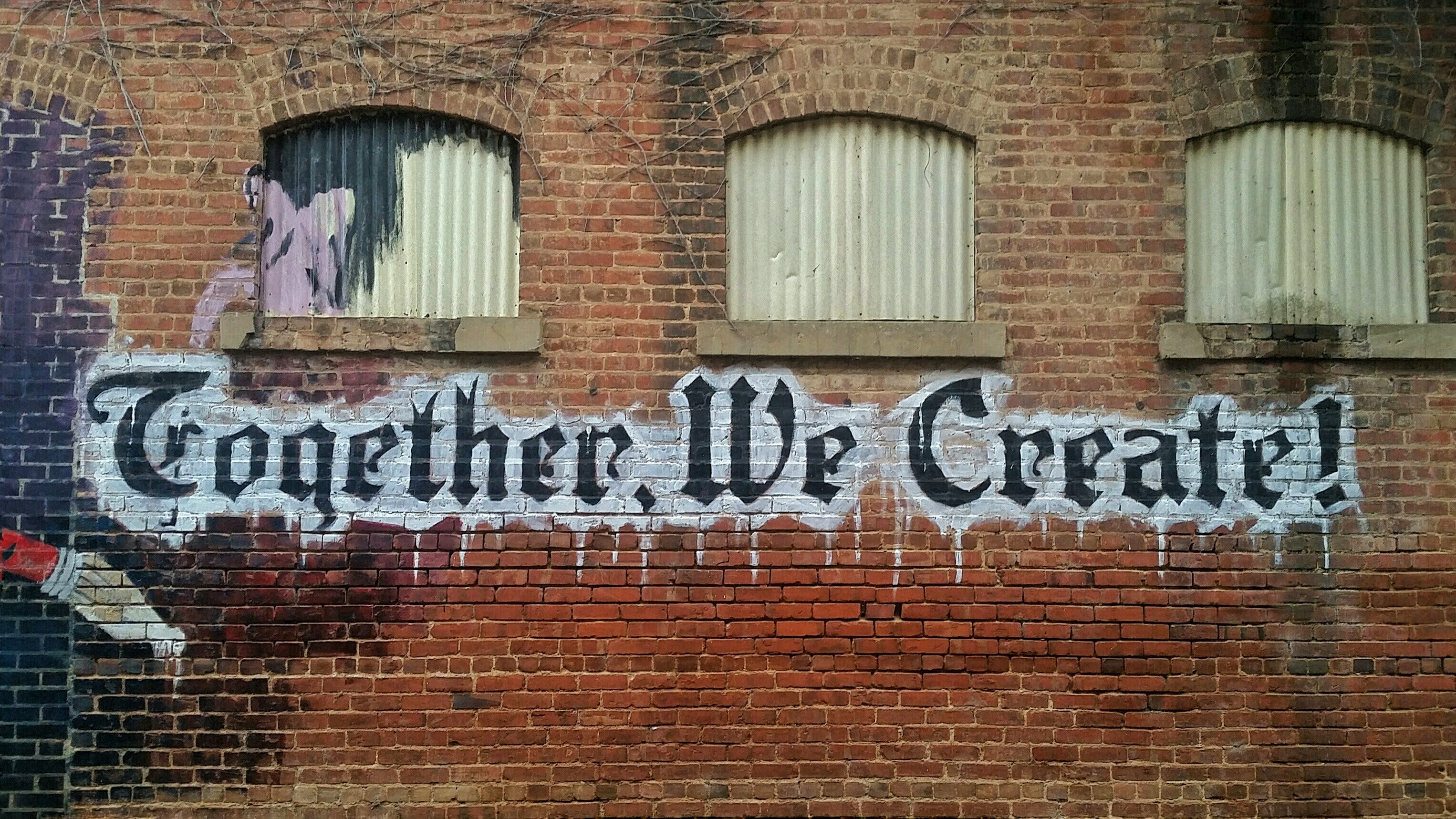
I started off the class this week with a sociometry exercise. Sociometry is the study of relationships between people, it’s a way to take the temperature of a room by gauging the experiences and viewpoints of the community you’re working within. The exercise I used was Where I’m From.
For this exercise, I ask participants to sit in chairs in a circle (our circle was BIG, because we have 27 students!). I stand in the center of the circle (there will always be someone in the middle!) and explain the directions: The person in the middle of the circle will make a “Where I’m From” statement based on a proposed category by the facilitator.
Let’s say the category is “Food”. Standing in the center, I might say “Where I’m from, we love pasta”. Anyone who agrees with this statement as similar to their own background stands up and swaps seats with another participant. Someone new is left in the middle, and this person provides a new statement.
We started with “Food” as our category because it is low-stakes and accessible to everyone: we all eat and we all have opinions about food! But...of course...we are devising a piece about some pretty heavy themes, so we quickly delved in deeper to categories like Belief Systems and Violence. Although I’ve led this exercise many times, in many groups, I’m always struck by how much I learn about people in these moments.
After the exercise we circled up to debrief and talk about those statements that surprised us, united us, or showed us something we weren’t expecting about the state of the room. I’m going to share some of the Where I’m From” statements made by the class here to give you a sense of our conversation:
Where I’m from it’s okay to be violent, as long as it stays within the family.
Where I’m from we eat government cheese.
Where I’m from we don’t trust the government.
Where I’m from we believe in God.
Where I’m from we believe in witchcraft.
Where I’m from the “game" is all there is.
Where I’m from it’s okay to kill at a young age.

Listening to these statements and the accompanying conversation amongst the men last night was one of the most eye-opening experiences I’ve had as a human.
While I know that violence exists, I don’t experience it as a part of my daily life--and it has not been a reoccurring theme since my childhood. While I grew up poor I grew up with love and opportunity. As I listened to the men talk about their lives and experiences last night--and how violence has played a part in all of it--I couldn’t help but feel that it wasn’t anyone’s fault except society that these men are locked in this room.
I know that many of my students have a wide variety of traumas and issues that will be challenging for them to overcome in their rehabilitation process. Some of them won’t be able to do it. Still, when you listen to these people talk about the root cause of where their trauma comes from it leads me a new level of empathy and horror at the entire system. It also makes me more resolved than ever to do this project justice.
Once we had gathered and debriefed our “Where I’m From” we selected one to work with and sculpted a living image of the word out of human clay. There were multiple “Sculptors”--each artist coming up one at a time to make adjustments to the sculpture until the group agreed in consensus that the story was being told.

As an artist and director I believe that image and visual storytelling is a key element in any successful theatrical endeavor. As I devise work with this ensemble I want them to use these tools to help them illustrate their ideas successfully, and sometimes in a more symbolic manner than straightforward dialogue allows. In particular, I am coaching them to look at works both objectively and subjectively so that they can see how changing small objective details results in a whole variety of subjective opinions being formed about the work.
After the group had reached consensus on a few big images, I asked them to self-select into 4 groups each revolving around 1 key statement from our earlier conversation. The 4 chosen statements for further investigation were:
Where I’m from it’s okay to kill at a young age
Where I’m from we believe in God.
Where I’m from we don’t trust the government.
Where I’m from it’s okay to be violent, as long as it stays within the family.
Groups will be turning these statements into short, physical and text-based performance pieces that will help them to generate individual characters, scenes, interior monologues, and other raw material to source from during our time together.
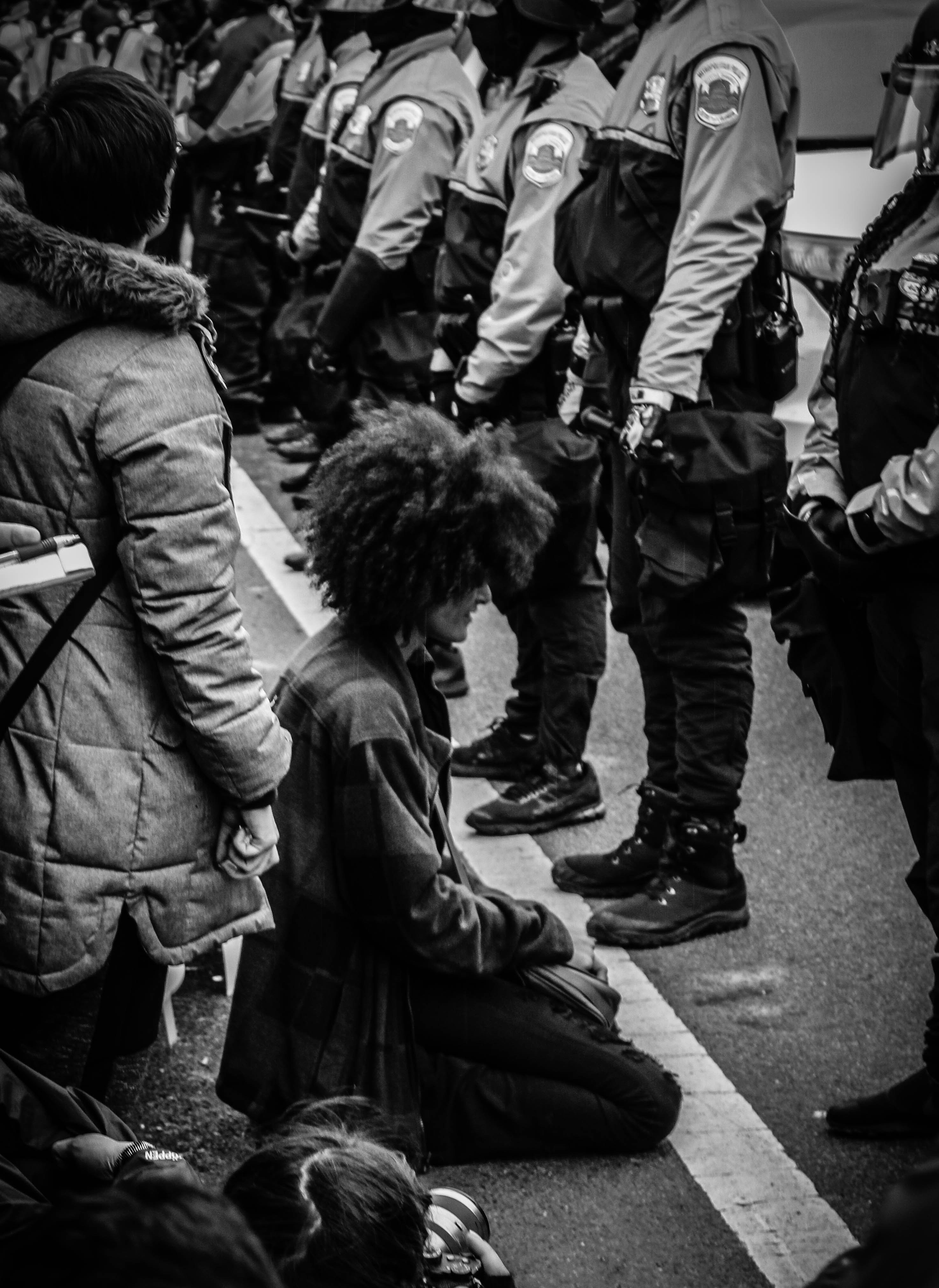
Although we ran out of time before we could dig in too deeply to the work of creating these short performances, I was able to do a few skill-building exercises and get the group energized for our direction next week.
Based on the level of conversation and engagement around these topics, I’m excited to get back into it next week. We have 2 more weeks to explore the themes and create raw material before we launch into “Creation” when we will actually format and build the play. Next week I’ll also share with you our rehearsal plan so you can see how we’re using our time to make this project happen!
What’s your experience with America’s prison system? I’d love to know in the comments, and please follow along for the rest of the series--the project runs through June!

I just went to prison for 5 months. Again. | 03
The State of the Art | Race and gender in American theatre.
ART MIX-UP CONTEST | 02



